Disclosure: This article contains affiliate links. We may earn a commission from purchases at no extra cost to you, which helps our travel content.
When my paragliding buddy Marcos invited me to spend a weekend exploring his hometown of Lambaré, just outside Asunción, I expected the usual tourist circuit. Instead, I found myself navigating a sensory flight path through Paraguay's culinary airspace – one that few travelers ever chart. As an air traffic controller, I'm trained to find order in chaos, but Lambaré's food scene defied my expectations with its delicious complexity. Paraguay sits at a fascinating crossroads of indigenous Guaraní traditions and European influences, creating a unique food culture that remains largely undiscovered by international foodies. Over just 48 hours, I discovered that this modest suburb holds some of Paraguay's most authentic culinary experiences – all at prices that won't send your budget into a tailspin. Grab your fork and follow me through the markets, home kitchens, and hidden restaurants that make Lambaré worth a dedicated food pilgrimage.
Navigating Lambaré's Mercado Municipal
My culinary flight plan began at dawn at Lambaré's Mercado Municipal, where vendors were already arranging pyramids of mandioca (cassava) and setting up their yerba mate stations. Having lived in Mumbai for three years now, I've developed a sixth sense for navigating markets, and this one felt immediately familiar yet distinctly Paraguayan.
The market's layout resembles the organized chaos of an airport terminal – sections dedicated to produce, meats, and prepared foods all flowing in a pattern that makes sense once you're in it. What struck me immediately was how the vendors seamlessly switched between Spanish and Guaraní, often in the same sentence. This linguistic dance reflects the food itself – European techniques applied to indigenous ingredients.
My guide Marcos introduced me to Doña Elisa, whose chipas (cheese bread rings) are legendary in the neighborhood. Made from mandioca flour, these chewy, cheesy breads are Paraguay's answer to the Brazilian pão de queijo, but with a distinctive anise undertone. For just 5,000 Guaraní (about $0.70), I got three warm chipas and a small cup of cocido negro – a traditional Paraguayan drink made by burning yerba mate and mixing it with sugar, milk, and sometimes coffee.
The market's fruit section displayed varieties I'd never encountered before – the tart guaviyú berry, the citrusy yvapurũ, and my new favorite, the creamy chirimoya. I filled my packable daypack with these treasures for less than $5, making it the perfect companion for market shopping.
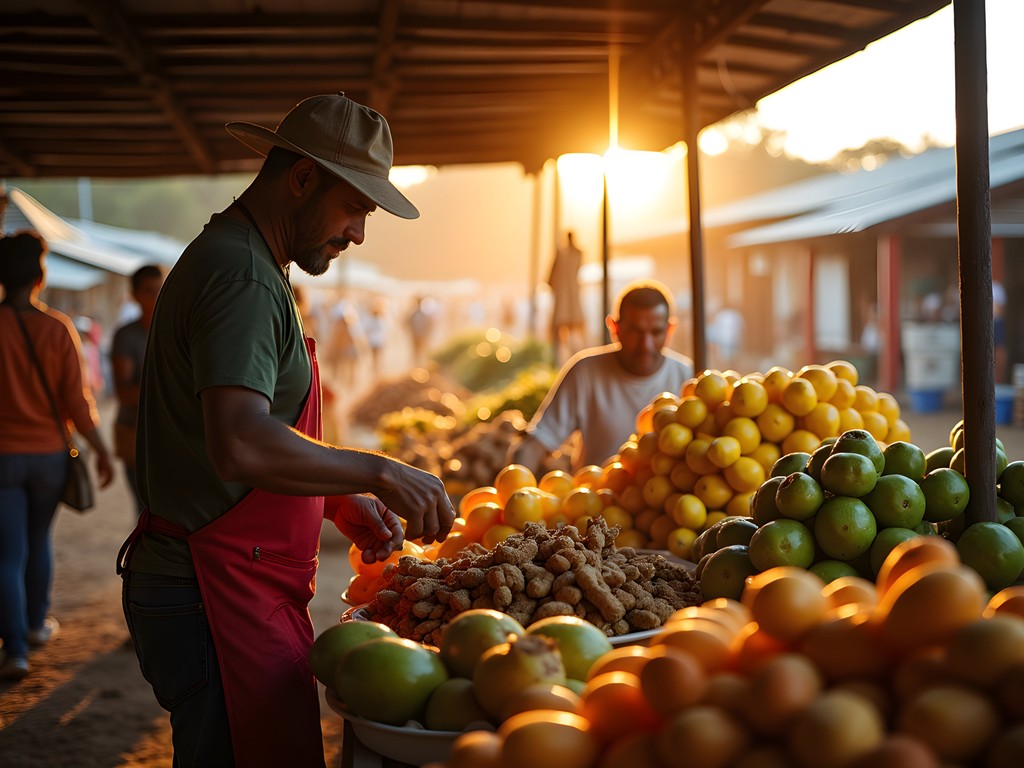
💡 Pro Tips
- Arrive early (6-8am) for the freshest produce and to avoid the midday heat
- Bring small bills in Guaraní as vendors rarely accept cards or USD
- Ask for 'yapa' (a little extra) when buying produce – it's a common practice vendors extend to friendly customers
The Art of Asado: Paraguayan Barbecue
If there's one thing I've learned from my travels across South America, it's that each country claims barbecue supremacy. But Paraguay's asado has a distinct character that deserves its moment in the spotlight. Unlike the air traffic control tower where precision timing is everything, Paraguayan asado is about patience and feel.
Marcos invited me to his family's Sunday asado, an event treated with the reverence of a religious ceremony. His uncle Carlos, the designated asador (grill master), started preparing the fire at 10 AM for a meal we wouldn't eat until 2 PM. The meat selection was a carnivore's dream: vacío (flank steak), costilla (ribs), chorizo (sausage), and the crown jewel – tira de asado (short ribs cut across the bone).
What distinguishes Paraguayan asado from its Argentine or Brazilian cousins is the liberal use of sal gruesa (coarse salt) and the absence of marinades. The meat speaks for itself, with smoke from local hardwoods providing the only flavor enhancement needed. Carlos cooked everything at varying distances from the coals, orchestrating the meat's journey to the plate with the precision of, well, an air traffic controller.
The asado was accompanied by mandioca boiled then lightly fried in beef fat, ensalada paraguaya (a simple mix of onions, tomatoes, and bell peppers), and sopa paraguaya – which, despite its name, isn't a soup at all but a dense cornbread made with cheese and onions. The meal was washed down with terere, ice-cold yerba mate that provides welcome relief from Paraguay's heat.
I've documented traditional cooking methods across four continents, and Paraguayan asado ranks among the most authentic expressions of a culture's relationship with food I've witnessed. The entire experience cost nothing but time and good conversation – a reminder that the best culinary experiences often come without a price tag.
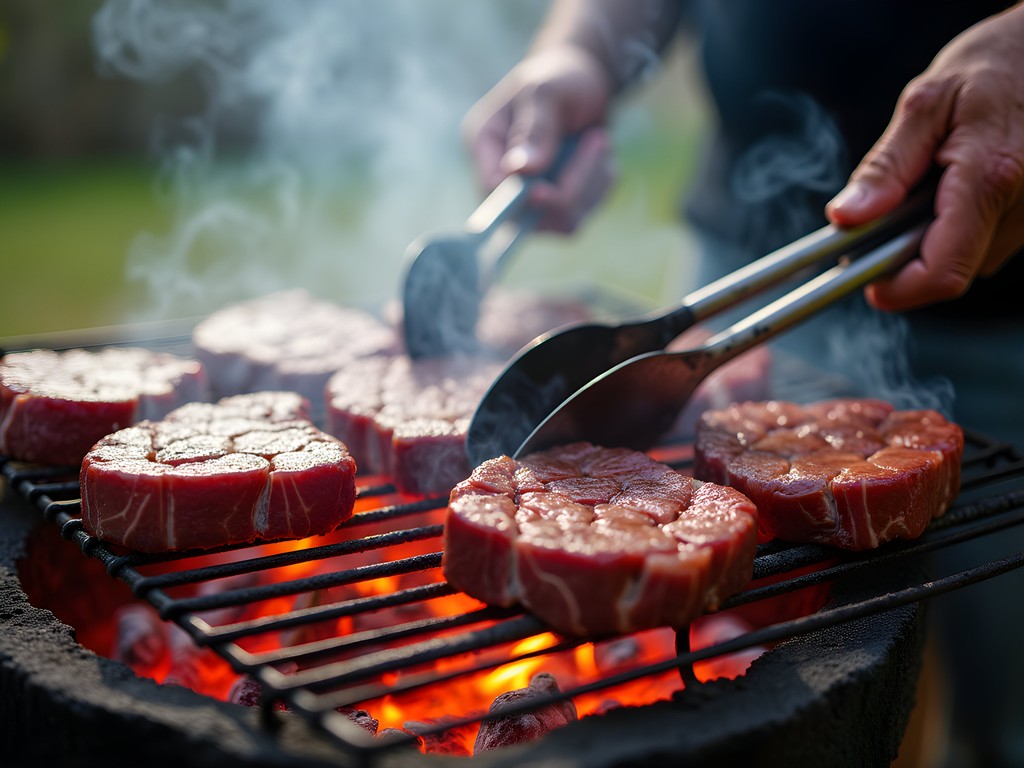
💡 Pro Tips
- If invited to an asado, bring something to contribute – wine or beer is always appreciated
- Never rush the asador – good barbecue follows its own schedule
- Save room for sopa paraguaya – it's deceptively filling
Street Food Treasures of Lambaré
Between the structured meals and market visits, Lambaré's streets offered some of my most memorable bites. Unlike Mumbai's chaotic street food scene where vendors crowd every corner, Lambaré's offerings are more subtle – you need local knowledge to find the good stuff.
My favorite discovery was mbejú, a starchy pancake made from mandioca starch and crumbled cheese, cooked on a hot griddle until the edges crisp up while the center remains chewy. The best version I found was at a tiny stall near the central plaza, run by a grandmother who's been making mbejú for over 40 years. At 7,000 Guaraní (about $1), it was both breakfast and a cultural education.
For lunch on-the-go, nothing beats a Paraguayan empanada. Unlike their Argentine cousins, these are typically made with mandioca flour instead of wheat, giving them a distinctive chewiness. The filling of choice is usually seasoned beef (empanada de carne) or shredded chicken (empanada de pollo), but my personal favorite was the empanada de so'o so'o – a mixture of ground beef and corn.
The most surprising street food was kivevé, a savory pudding made from squash, corn, and cheese. Served in small paper cups for about 10,000 Guaraní ($1.40), it's sweet, savory, and utterly unique to Paraguay. I found myself wishing I'd brought my food thermos to take some back to my hotel for later.
The evenings brought out vendors selling buttery mbeju guasu (a larger version of mbejú) and pajagua mascada – beef patties mixed with mandioca and fried to crispy perfection. Walking through Lambaré's streets as the sun set, following the scent of frying oil and wood smoke, I felt that rare traveler's joy of discovering authentic food that hasn't been sanitized for tourist palates.
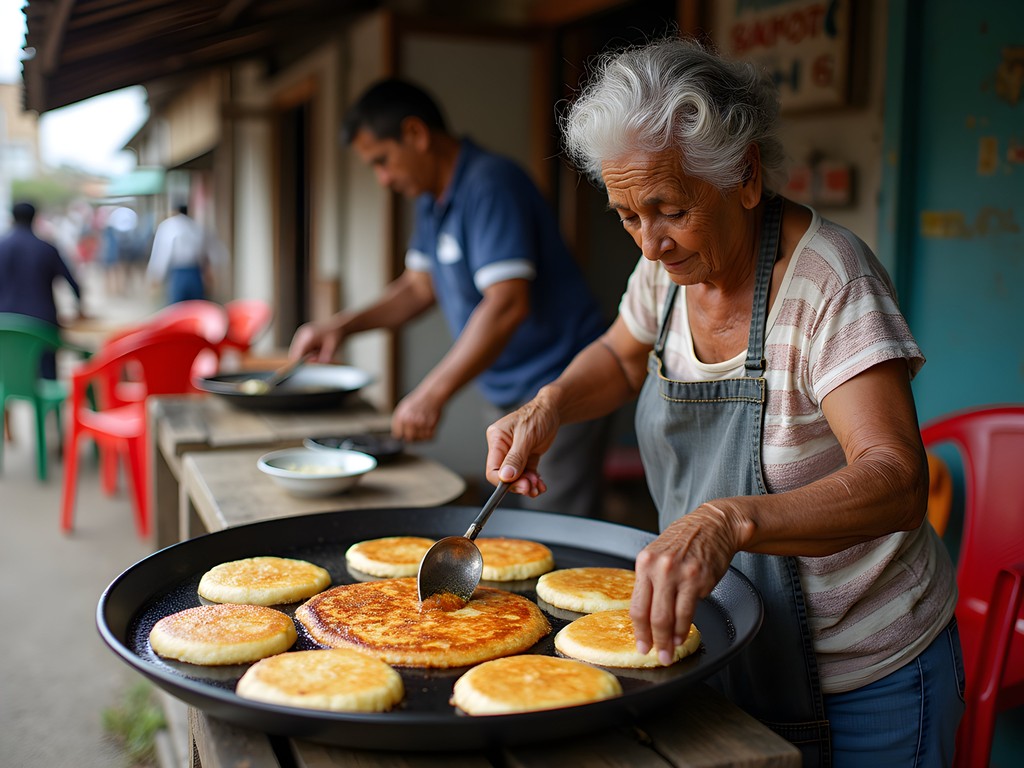
💡 Pro Tips
- Look for street food vendors with lines of locals – always the best sign of quality
- Most street food stalls are cash-only and don't provide receipts
- Ask for 'picante' if you want hot sauce – Paraguayan food isn't naturally spicy
Budget-Friendly Restaurants Worth the Detour
While home cooking and street food form the backbone of Paraguayan cuisine, Lambaré has several restaurants that offer traditional dishes in slightly more formal settings – though 'formal' in Paraguay still means relaxed by most standards.
My top recommendation is Bolsi, a local institution that straddles the line between traditional and contemporary. Their vori vori (chicken soup with corn dumplings) transported me straight to comfort food heaven, while their surubí (a local river fish) grilled with herbs demonstrated that Paraguayan cuisine isn't all about beef. A full meal with a cold Paraguayan Pilsen beer set me back about 85,000 Guaraní ($12) – a steal for the quality.
For those seeking a deeper dive into traditional Guaraní cuisine, Ña Eustaquia offers dishes that are increasingly rare even in Paraguayan homes. Their ka'i chirú (monkey soup – don't worry, the name is traditional but it's actually made with beef) and pira caldo (fish soup) connect diners to pre-colonial food traditions. The restaurant itself is humble, with plastic chairs and paper tablecloths, but the flavors are complex and unforgettable.
If you're traveling with my travel water filter, you can safely refill at any of these restaurants instead of buying bottled water, saving both money and plastic waste. This has become my standard practice across South America, where tap water quality varies widely.
For dessert, I discovered Heladería Confitería La Paraguayita, where artisanal ice cream flavors include regional fruits like guavira and yvapurũ. Their dulce de leche-filled alfajores (sandwich cookies) make perfect gifts to bring home – if they survive the trip without being devoured.
What struck me about dining in Lambaré was the unhurried pace. Unlike Mumbai's bustling restaurants or Atlanta's efficient turnover, meals here are meant to be lingered over. No server will rush you through courses or drop the check until you specifically request it – a reminder that food is about connection as much as sustenance.
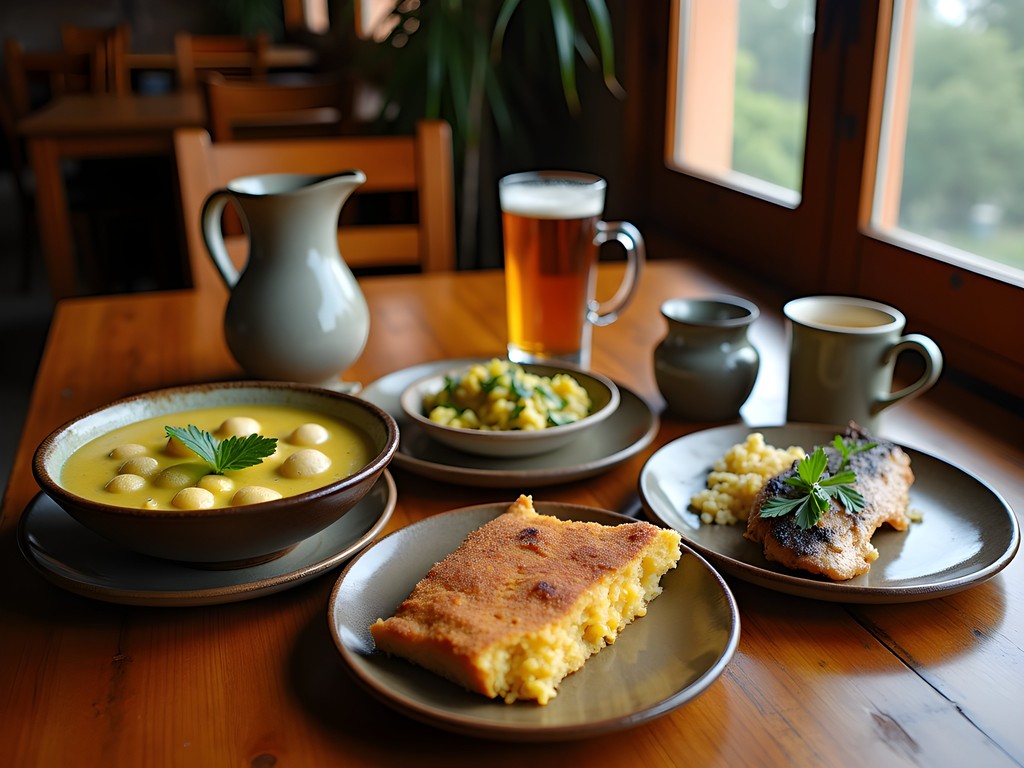
💡 Pro Tips
- Many restaurants close between lunch and dinner (2-7pm), so plan accordingly
- Tipping is not expected but rounding up the bill is appreciated
- Ask for the 'plato del día' (daily special) for the best value
Cooking Class: Learning Paraguayan Classics
As an experienced traveler, I've found that cooking classes offer the most direct flight path to understanding a culture's relationship with food. In Lambaré, I was fortunate to join a small class offered by Cocina de la Abuela, where local home cooks teach traditional recipes to small groups.
For just 150,000 Guaraní ($21), I spent four hours learning to prepare three Paraguayan classics: chipá guazú (a savory corn cake), bori bori de pollo (chicken soup with corn dumplings), and kosereva (a sweet pumpkin dessert). Our instructor, María, spoke limited English but communicated effectively through demonstration and my basic Spanish – proving once again that cooking is a universal language.
The class began with a trip to the local market to select ingredients, where María taught us how to choose the perfect mandioca (firm with no soft spots) and the right cheese for chipá (the saltier the better). Back in the teaching kitchen – a converted home space with simple equipment – we dove into preparation.
What struck me most was how Paraguayan cooking relies on technique rather than exotic ingredients. The magic happens in the patient caramelization of onions, the proper kneading of dough, and understanding how to balance the sweetness of corn with savory elements.
I've documented cooking classes from Japan to Morocco, and Paraguay's stands out for its accessibility. These are recipes you can actually recreate at home without specialized equipment or impossible-to-find ingredients. I now make chipá regularly in my Mumbai apartment, much to my neighbors' delight.
The class concluded with us enjoying our creations together, paired with terere served in a traditional guampa (drinking vessel) with a metal bombilla (straw). I captured the entire process with my compact camera, which has become my go-to for food photography during travels – its macro capabilities perfectly capture the textures and colors of dishes without being as intrusive as a larger camera.
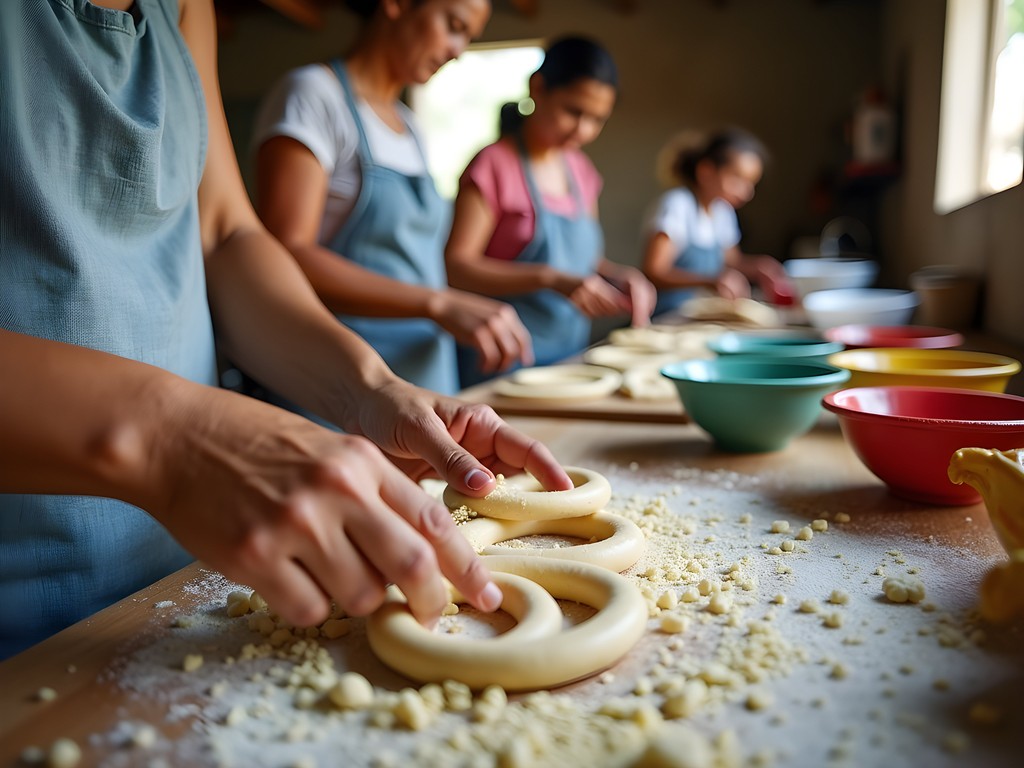
💡 Pro Tips
- Book cooking classes at least two days in advance as they often fill up with locals on weekends
- Bring a notebook for recipes – not everything is provided in written form
- Ask about ingredient substitutions for your home country – the instructors are usually very helpful
Final Thoughts
As my weekend in Lambaré drew to a close, I found myself mentally filing away this culinary destination in a category I rarely use: genuinely undiscovered. While food tourists crowd the markets of Peru and the steakhouses of Argentina, Paraguay's rich culinary traditions remain authentic, accessible, and remarkably affordable. Like an air traffic controller watching planes navigate complex patterns, I observed how Paraguayan cuisine seamlessly merges indigenous Guaraní ingredients with Spanish techniques to create something entirely its own. The next time someone asks me for a South American food destination that won't break the bank or feel overrun with tourists, Lambaré will be my first recommendation. Pack your appetite, bring cash for the markets, and prepare to discover flavors that haven't yet made it to the international stage. Paraguay's culinary airspace is clear for your arrival – and the landing will be smoother than you expect.
✨ Key Takeaways
- Paraguayan cuisine offers a unique blend of indigenous Guaraní and Spanish influences that remains largely undiscovered by international food tourists
- Lambaré's food scene is exceptionally budget-friendly, with most meals costing under $5-10
- The best culinary experiences come through personal connections – cooking classes, family meals, and conversations with market vendors
- Mandioca (cassava) and corn form the foundation of most traditional dishes, making them naturally gluten-free
📋 Practical Information
Best Time to Visit
year-round, though September-November offers pleasant temperatures
Budget Estimate
$30-50 per day including accommodations
Recommended Duration
2-3 days
Difficulty Level
Easy
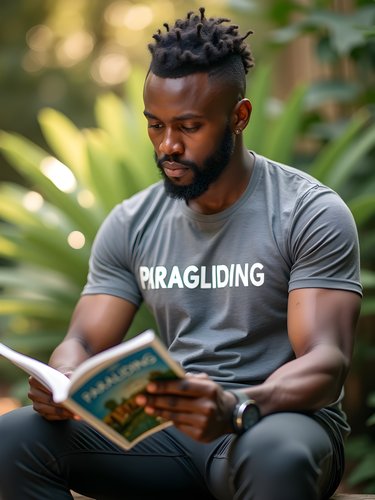

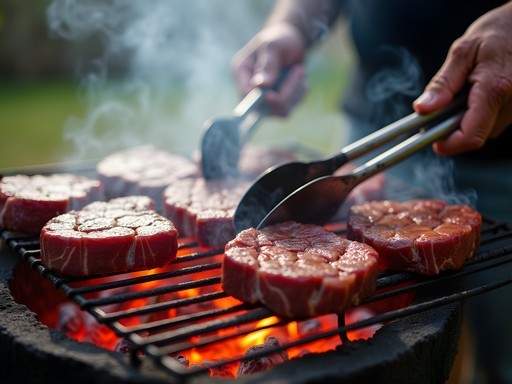
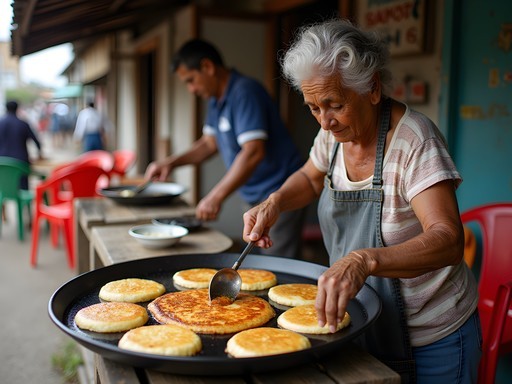

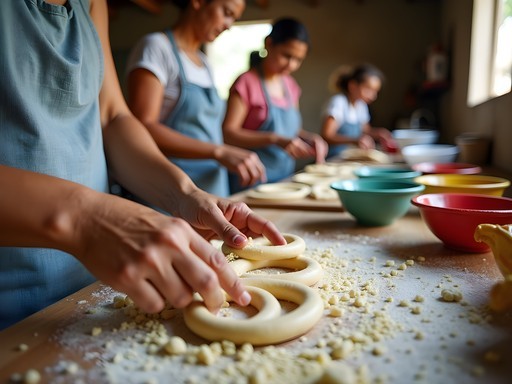


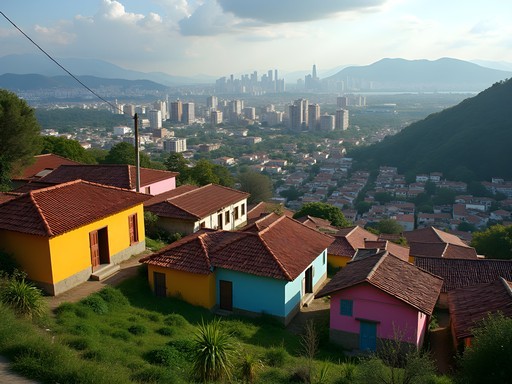
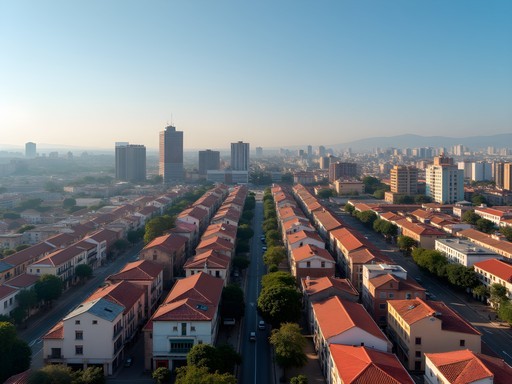
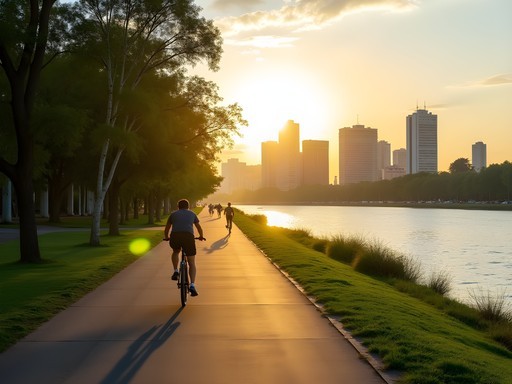
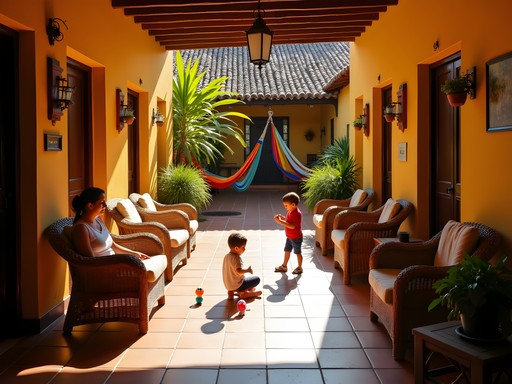
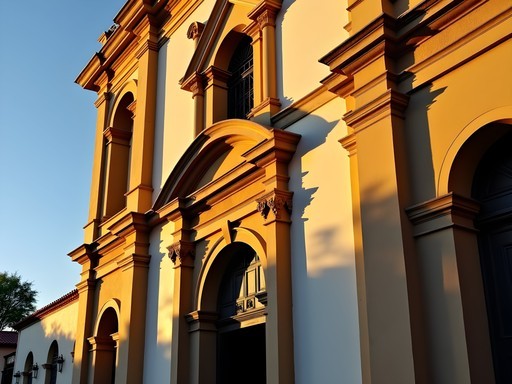



Comments
SouthAmericaExplorer
Just got back from Paraguay and can confirm Lambaré is a foodie paradise! Pro tip: visit the Mercado Municipal early (around 7am) to see the vendors setting up and get the freshest produce. The mango season was just starting when we visited and they were incredible!
GlobalNomad
How vegetarian-friendly would you say Lambaré is? The asado looks amazing but wondering if there are options for non-meat eaters?
Benjamin Henry
Good question! While meat is definitely central to Paraguayan cuisine, there are options. Sopa paraguaya is vegetarian (it's actually a cornbread, not a soup!), and you can find lots of yuca-based dishes and fresh fruits at the markets. Some restaurants in Lambaré are starting to offer vegetarian versions of traditional dishes too.
GlobalNomad
Thanks for the info! That's really helpful.
TravelBug_Sarah
Those street food pics have me drooling! 🤤 Adding Paraguay to my list!
Ahmed Greene
Benjamin, you've captured the essence of Paraguayan cuisine beautifully! I visited Lambaré last year on my budget tour through South America and still dream about that asado. For anyone planning to go, I'd add that the Sunday morning market near Plaza Libertad is another hidden gem - the mbeju (a starchy pancake) served there is incredible. I found that learning a few basic Spanish phrases opened up so many doors with the local vendors. They really appreciate the effort and will often give you samples to try! The public buses from Asunción are super easy and cost less than a dollar each way.
Benjamin Henry
Thanks Ahmed! Can't believe I missed the Sunday market - that's definitely going on my list for next time. And you're absolutely right about speaking a bit of Spanish. Did you try the vori vori soup while you were there?
Ahmed Greene
I did try the vori vori! That rich chicken broth with those little cornmeal and cheese dumplings was perfect on a rainy afternoon. I actually took a cooking class with a local grandmother who showed me how to make it. I documented the whole process in my travel journal which has become my most treasured souvenir from the trip.
ParaguayFan22
That cooking class sounds amazing! Do you remember the name or how to book it? Going to Asunción area next month.
Ahmed Greene
@ParaguayFan22 It was through a small outfit called 'Cocina con Abuela' - they don't have much online presence but if you ask at the tourist info center in Asunción they can connect you. It was about $15 for a 3-hour class including all ingredients and you get to eat what you make!
wavelegend
Wow, this makes me want to book a flight to Paraguay right now! I had no idea Lambaré had such amazing food. That chipa you mentioned - is it similar to Brazilian pão de queijo? And any chance you could share which vendor at the Mercado Municipal had the best sopa paraguaya? Definitely adding this to my South America bucket list!
Benjamin Henry
Thanks @wavelegend! Chipa is definitely similar to pão de queijo but a bit denser and chewier. As for the sopa paraguaya, look for Doña Elena's stall in the northeast corner of the market - tell her I sent you and she might give you an extra piece!
wavelegend
Awesome, will do! Thanks for the tip!
nomadfan
If you're going to Lambaré, don't miss the Sunday market that Benjamin didn't mention! It's smaller but has even more food stalls. The old ladies making chipa on wood-fired grills are the real deal. We tried that asado place too - agree it's fantastic but go HUNGRY. Portions are massive!
dreambackpacker
Just got back from Paraguay and spent two days in Lambaré because of this post! You weren't kidding about it being undiscovered - we were the only tourists at the market! That place with the homemade sopa paraguaya (El Rincón de Abuela?) was AMAZING. The owner even invited us to see how they make it. We also tried paragliding with Marcos - what a character! He took us to a tiny roadside grill that wasn't in any guidebook. Best tip: bring a pocket phrasebook because English is pretty limited, but the locals really appreciate any attempt at Spanish!
Benjamin Henry
So glad you enjoyed it! And yes, Marcos is the best guide - his family has lived there for generations. Did he take you to that place with the weird fruit liqueurs?
dreambackpacker
YES! That coconut one was dangerously good 😂
bluevibes
I'm heading to Asunción next month and definitely want to check out Lambaré now! What was that street food you mentioned with the corn and cheese? Is it easy to find? Also, any safety tips for the markets?
Benjamin Henry
The chipa guasu is everywhere! Look for small stands with ladies cooking over portable grills. The markets are generally safe during daytime, just use normal precautions with valuables. The vendors at Mercado Municipal are super friendly if you attempt even basic Spanish!
bluevibes
Perfect, thanks! My Spanish is terrible but I'll give it a shot. Can't wait to try everything!
Hunter Thompson
Mate, this is exactly the kind of hidden gem content I live for! I backpacked through Paraguay last year but completely missed Lambaré (rookie mistake). The mercado municipal sounds like the real deal - no tourist traps, just authentic vibes. Did you try the mbeju? That cheesy cornbread thing became my obsession when I was in Asunción. Definitely adding Lambaré to my return trip itinerary, especially for that barbecue spot you mentioned with the homemade chimichurri!
Benjamin Henry
Yes! The mbeju was incredible - especially when it's fresh off the grill. Marcos' aunt actually taught me how to make it, though mine turned out hilariously misshapen. Let me know when you're heading back and I'll send you some other spots!
Hunter Thompson
Legend! Will definitely take you up on that. Planning to be back in South America around November.
coolrider
Never thought Paraguay would be on my foodie bucket list! Those asado pics have me drooling 🤤
Venture X
Premium card with 2X miles, $300 travel credit, Priority Pass